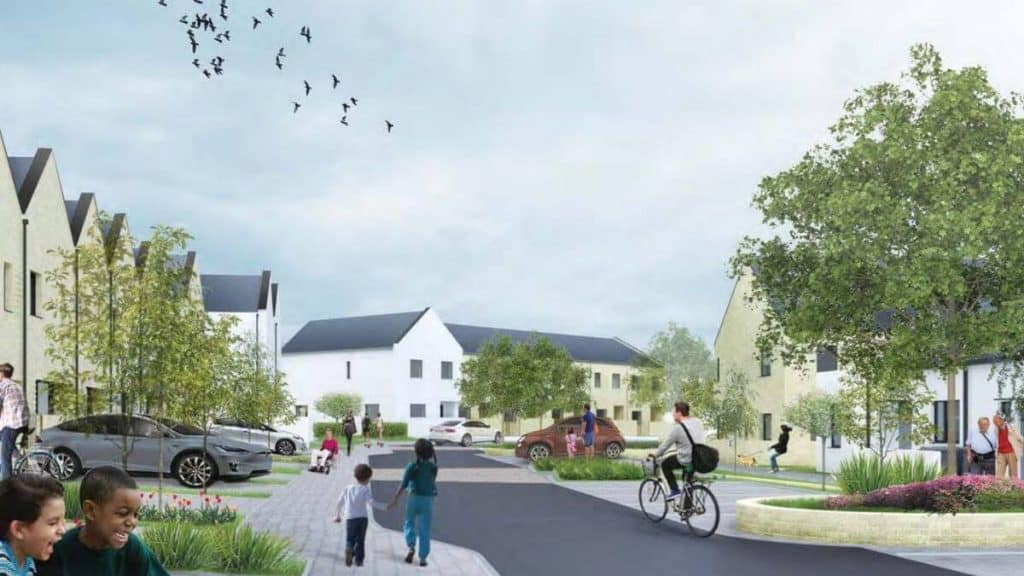The Solution
Capturing rainfall efficiently, sustainably and with a bit of horticultural pizazz.
We put forward a proposal that any surface water runoff from roofs, roads, pavements, and parking areas be collected via a series of different methods (in order to improve water quality, and reduce flow rates) and discharged from site via an existing outfall.
We liaised with JLL’s landscape architect to develop a solution that included raised planters, rain gardens, permeable paving, flow controls and underground attenuation tanks. Rain gardens are a sustainable network of ‘planting-strips’ that capture and cleanse rainfall before it can reach the outfall; filtering it through the sub-soil before being piped away. So, what might have been a diehard, hardscaped, vacuous concrete jungle of a retail park would become a surprisingly pleasant place to visit.
What might have been a diehard, hardscaped, vacuous concrete jungle of a retail park could become a surprisingly pleasant place to visit.
By basing proposals around the four pillars of SuDS – water quality, quantity, amenity and biodiversity – we successfully managed to gain SAB approval, ensuring planning permission could be secured. We produced operations manuals for all the elements, plus a funding plan for the repair and maintenance of the infrastructure. We also considered factors such as longevity – ensuring our design would stand the test of time, for generations of workers – and shoppers – to come.
We also considered factors such as longevity – ensuring our design would stand the test of time, for generations of workers – and shoppers – to come.
To reduce the costs of installing below-ground storage, we negotiated a 40% reduction against the existing flow rates from the previous development. We also proposed a flow restrictor on the outfall to cut the discharge of storm water from 100 litres per second to 60 l/s and installed below-ground storage tanks to contain the additional volume of water; bringing significant benefits to flood management downstream.
Our drainage modelling utilised the full storage volume available within the underground attenuation crates and within the permeable paving construction. This provided a cost-effective solution for the client, while also satisfying the stringent SAB requirements.
Aside from drainage design, our infrastructure expertise was used to help with highway improvements around the retail park. This included the segregation of north-south lanes, pedestrian crossing improvements, new footpaths and enhanced street lighting and signage – ensuring easy access and helping the retail park link up with the town centre, so the local community could more easily enjoy.








